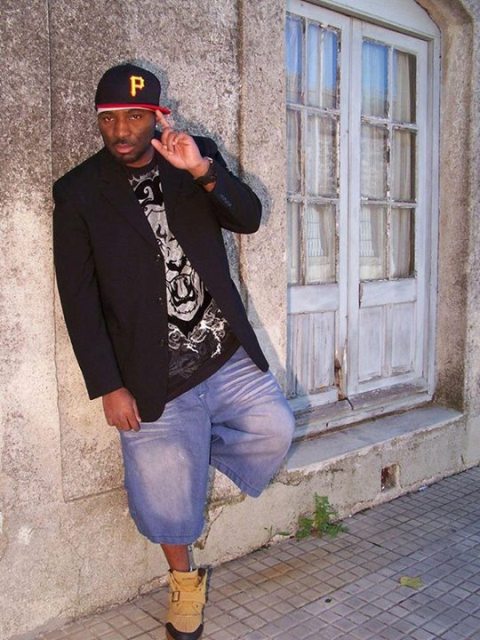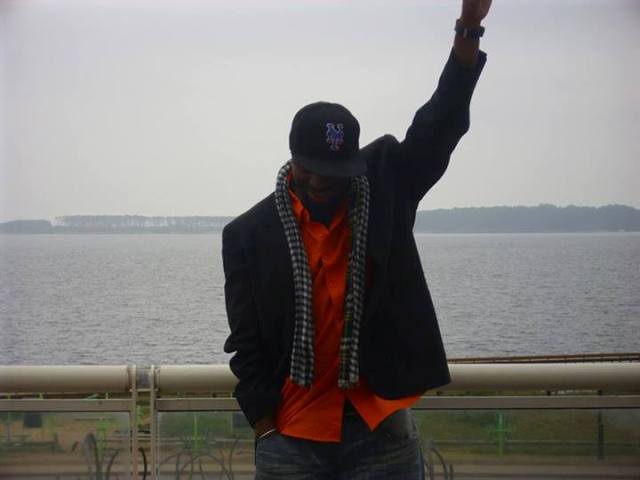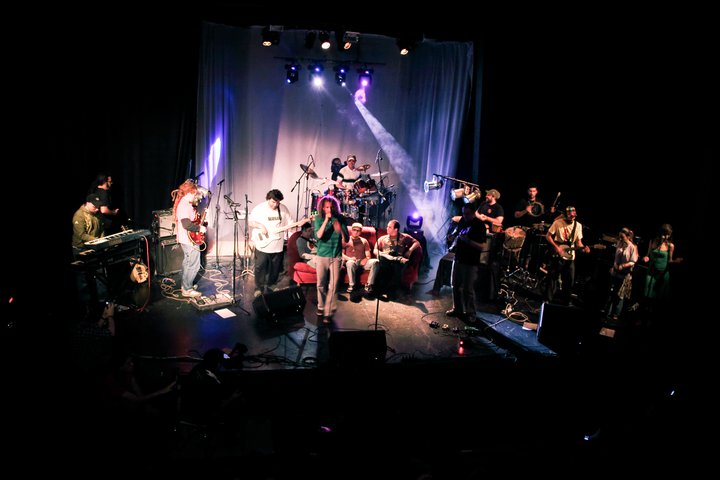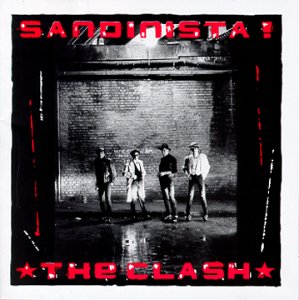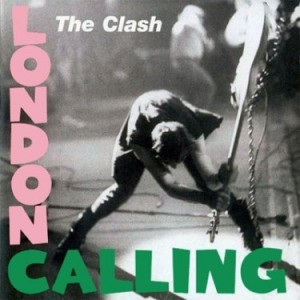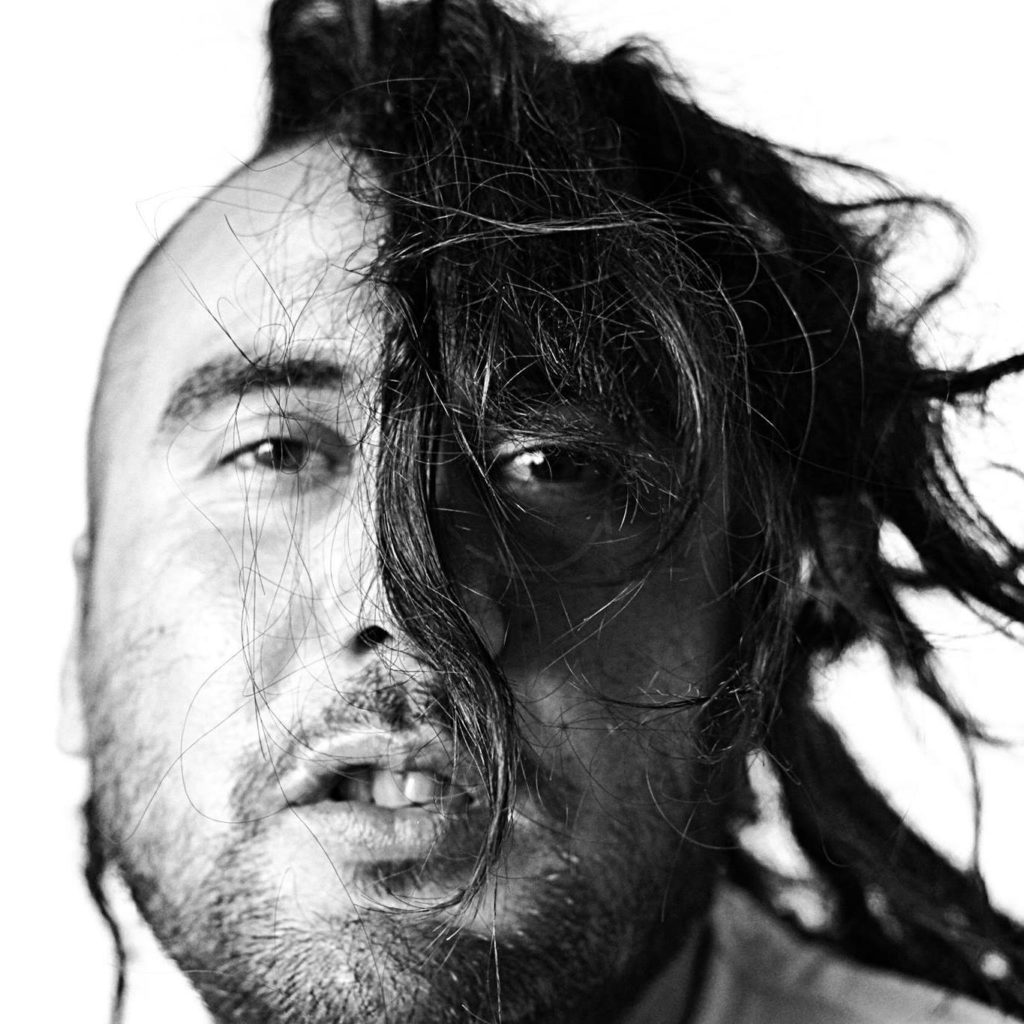
Rojo es el proyecto personal de Lalo Pasek – músico, compositor y productor artístico oriundo de Río Negro, quien en 2006 fundó la popular banda de reggae Rwanda. Con Rwanda, Rojo editó un EP y un álbum, y llegó a compartir el escenario con artistas como NTVG y la Abuela Coca
Actualmente, Rojo cuenta con tres discos de estudio publicados, y un cuarto álbum que ya comienza a cobrar forma. Su próxima presentación es éste viernes 21 de junio en la Sala Camacuá, junto a María la del Barrio. Mantuvimos el siguiente intercambio con Rojo, donde además de conversar sobre el concierto del próximo viernes nos anticipó sus actividades y proyectos para lo que resta del año.
En una semana vas a estar presentándote en vivo con toda tu banda en la Sala Camacuá, en el que creo se puede considerar el momento más prolífico y realizado de tu carrera, desde el inicio formal de Rojo con la edición de “Sobre Mi Cadáver” en 2016 . ¿Qué expectativas genera eso en vos, y qué expectativas considerás que puede generar en el público? ¿Y cómo pensás plantear el concierto del viernes para que todas esas expectativas se vean colmadas?
Es el comienzo de un nuevo camino. Creo que aquí nuevamente se inicia o retoma eso que dejé en el 2015 con Rwanda. Soy un obsesionado del audio y un fan del stereo, así que diseñé cada compás del show – tengo mis propios bancos de sonidos para que nuestro espectáculo no se parezca a nada que hayas escuchado antes. También cuenta con un diseño de visuales que comprometen a la obra. Mis secuencias y samplers te van a romper el corazón, por eso considero que estamos transitando un nuevo sonido nacional, un nuevo rock.
De todos los discos editados, ¿hay alguno por el que sientas una afinidad especial? ¿Hay alguno que sentís que se “reivindica” en vivo, o que cobra una fuerza que antes no tenía al sonar en el escenario? ¿Y tuviste esto en cuenta a la hora de elegir los temas que se van a estar presentando en la Sala Camacuá?
Bueno, para este show especial quise transitar por los tres discos, pero sin duda temas del primer disco Sobre mi Cadáver tienen una fuerza notoria justamente en el directo. Temas como “Vivir como unánime” o “Ya está en mi piel” acompañados con estos profesionales proponen otra energía. Y también los elijo por la composición del espectáculo, para que los climas sean los correctos.
¿Quién integra la banda que te acompaña actualmente?
El grupo humano es lo mejor que tiene el proyecto, sólido y comprometido con lo que nos genera esta música. Para mí es un verdadero orgullo nombrarlos. Los Rojos que acompañan son: Fredy de Rienzo (guitarra), Boti (bajo), Joaquín Apollonia (guitarra), Emiliano Durán (guitarra), Daniel Rogantini (batería), Martin Conde (visuales y luces) y Cesar Lamschtein (sonido).
Y se sumó hace breves Alvarenga en la producción.
La banda invitada en ésta ocasión es María la del Barrio. ¿Qué nos podrías contar sobre ellos? En concreto, ¿qué le van a brindar o imprimir a la apertura del concierto?
María es una banda con la que nos conocemos desde los inicios. Siempre respete su música por que sé de dónde viene, se cómo se manejan y a la hora de brindar generalmente mi copa choca con la de ellos. Armamos una fecha doble – en esta oportunidad ellos nos abren, y en noviembre les abriré la presentación de su disco. Yo creo que María es la mejor banda de la costa, más allá de mi afinidad con sus integrantes.
Hablando de otros artistas, ¿hay alguno en concreto con el que quisieras trabajar, ya sea en nuestro país, o en Argentina?
Bueno, si el boleto es gratis y en este instante puedo volar mi cabeza y mis capacidades se funden con las de él, Charly García es quizás de las pocas personas con las cuales coincido en la idea de la música, y en cómo interpretarla. Si bien tuve la oportunidad de trabajar con el ingeniero de sonido Mario Breuer (Patricio rey), al nivel más alto con García haríamos un buen disco. Pero quien puede exprimir mi esencia seguramente sea el artista Thom Yorke.
Y ya que mencionamos a Argentina, es dable pensar que tu propuesta podría ser de excelente recibo en la vecina orilla. ¿Ya has tenido la posibilidad de presentarte con Rojo en Buenos Aires?
Bueno, te confieso que hay más Rojos en Argentina que en Uruguay. Los motivos son los siguientes: es más grande, y hay más oportunidades. En José C. Paz hemos plantado una semilla muy importante, que ahora empieza a expandirse. Pero también hay Rojos en Buenos Aires, Mendoza, La Plata, Salta, Jujuy… difícil seguir enumerando sin equivocarme u olvidarme. Pero sin duda que sean de dónde sean, iremos a buscarlos.
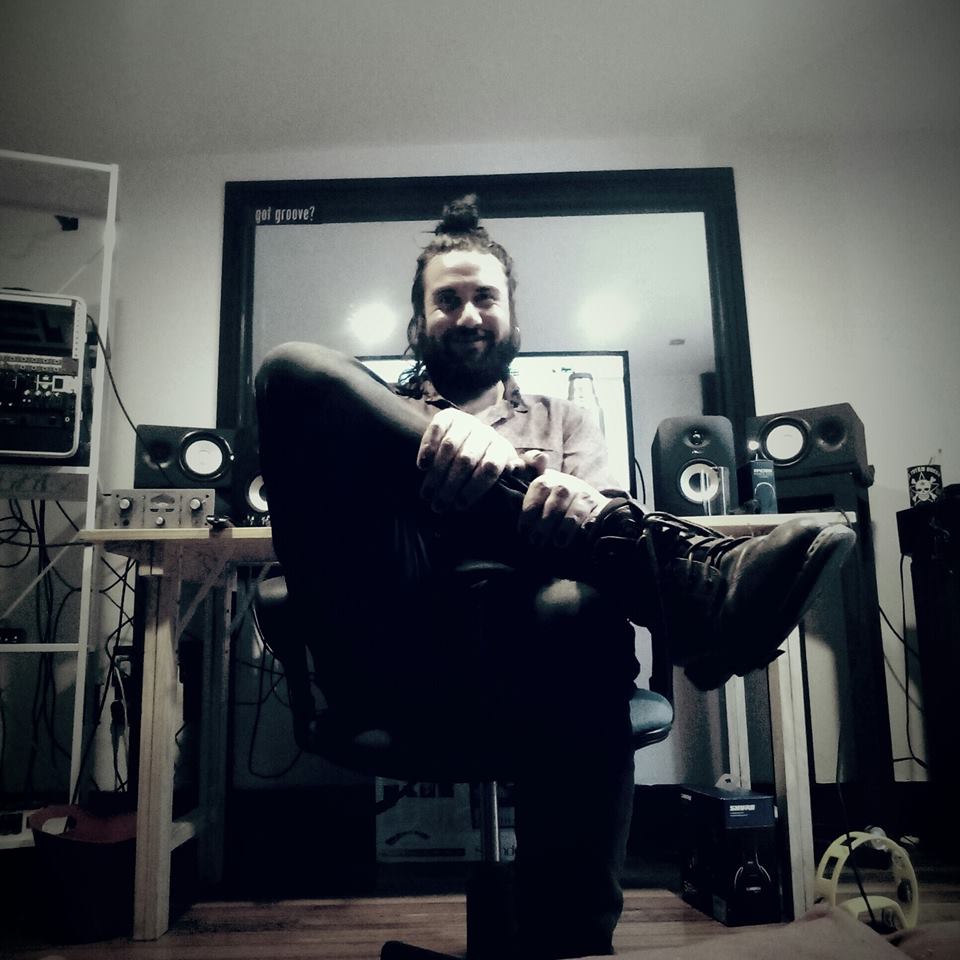
Y en general, ¿cómo se proyecta este año en materia de presentaciones y nuevas grabaciones? Particularmente, ¿hay algo qué nos puedas adelantar del nuevo disco y video que ya se anuncian en el canal de YouTube de Rojo?
Tengo fechas hasta fin de año, que culmina como siempre en una gira por Argentina. Rojo lo direccioné al teatro, pretendo mimar a mi público, cuidarlo, y que vea un show personalizado. Creo que eso de tocar a las 3am caducó para mí, y no le hace bien a nadie (bueno, sí, al bolichero). Este último disco Angelitos Milagrosos en esta Vida Febril es mi mejor obra hasta ahora en sonido, lírica y composiciones. Me conmueve de muchas formas, si bien todos los discos están comprometidos con mi anárquica forma de vivir, éste disco revolucionará el rock nacional si así se lo permiten. Lo grabé con mi amigo Cesar Lamschtein en el estudio Galáctico de mi otro brother José “Pepe” Canedo, y el arte me lo hizo mi hermano Juan Mazza que también es el encargado del arte de Don Osvaldo.
Te pido por último que invites al público a la Sala Camacuá, no sin antes agradecerte por todo tu tiempo y atención, y desearte el mejor de los éxitos el viernes.
Mis queridos: 21 de Junio, entradas en Tickantel 2×1, Tienda Inglesa o en la boletería. Rojo y María del Barrio en Sala Camacuá, 20:00 horas.

